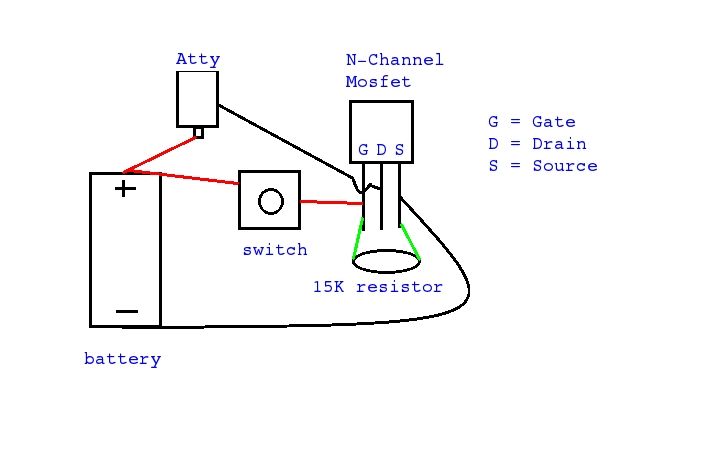Chegs
Veteran
- Joined
- Sep 15, 2013
- Messages
- 5,815
I found a similar issue with my 1st "thrown together" battery box,tested for voltage drop & got some pretty dire readings.Added 2 batteries in parallel & tested again,result was the 2nd battery was able to overcome the resistances (I never found exactly where the resistance was high) and my RDA worked as well on the cobbled together box as it did on the proper mech tube.













